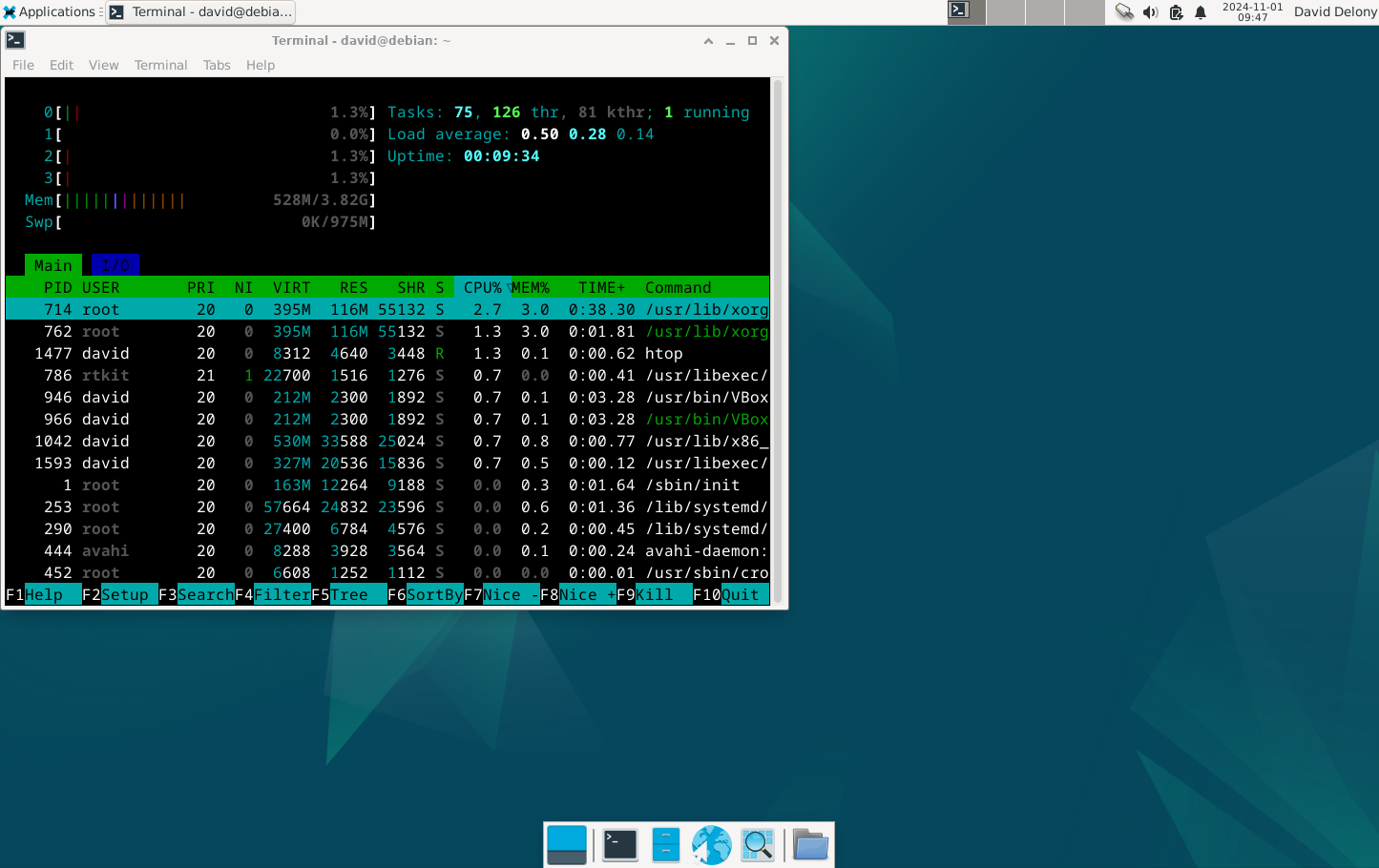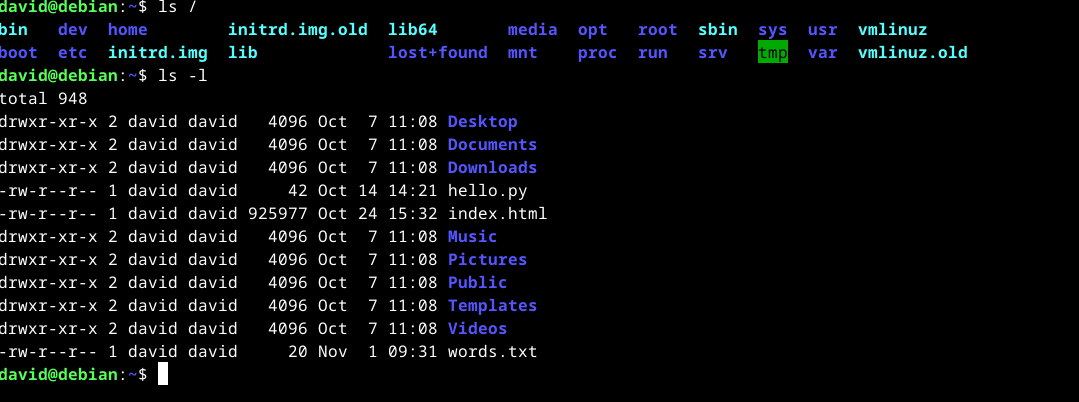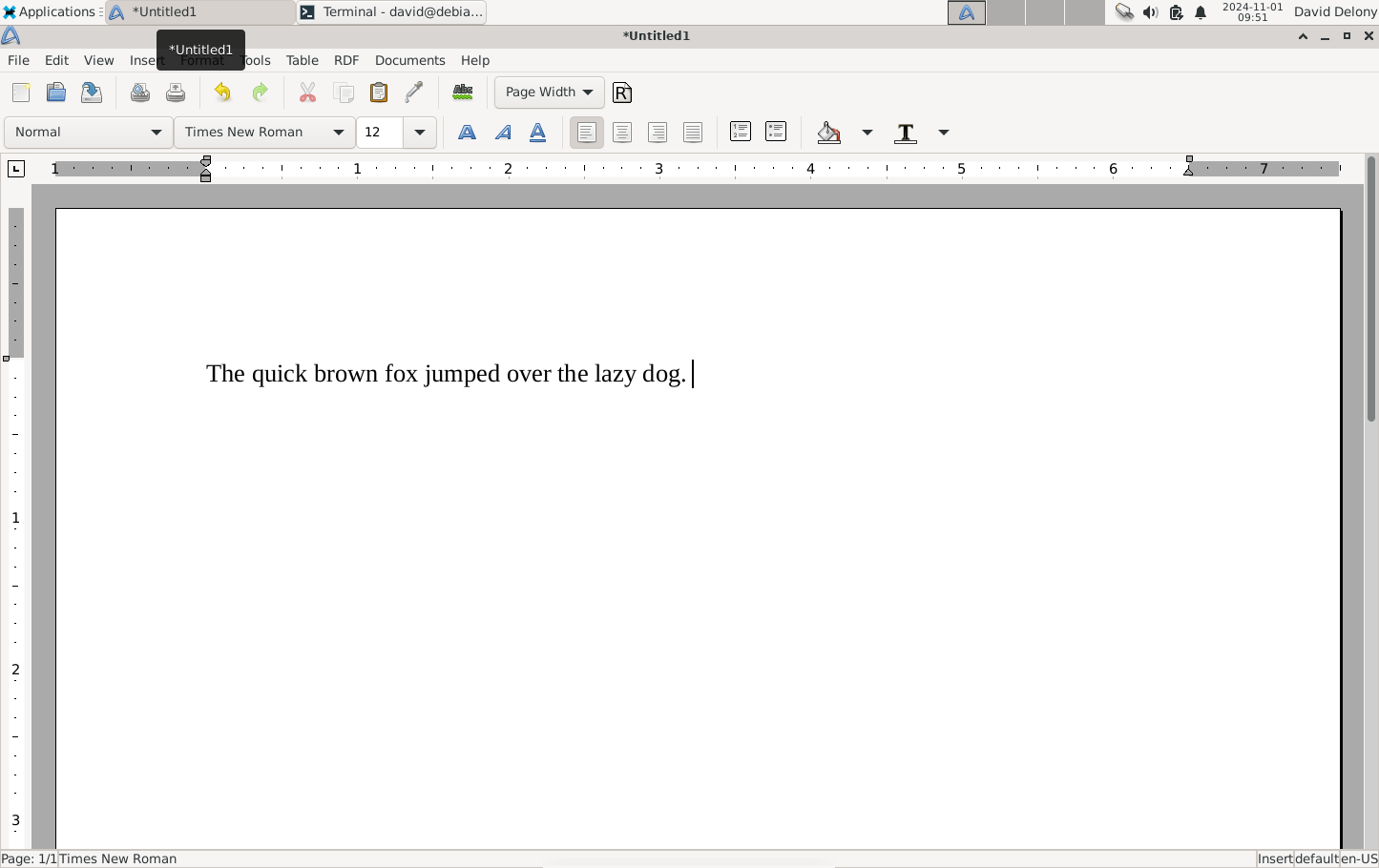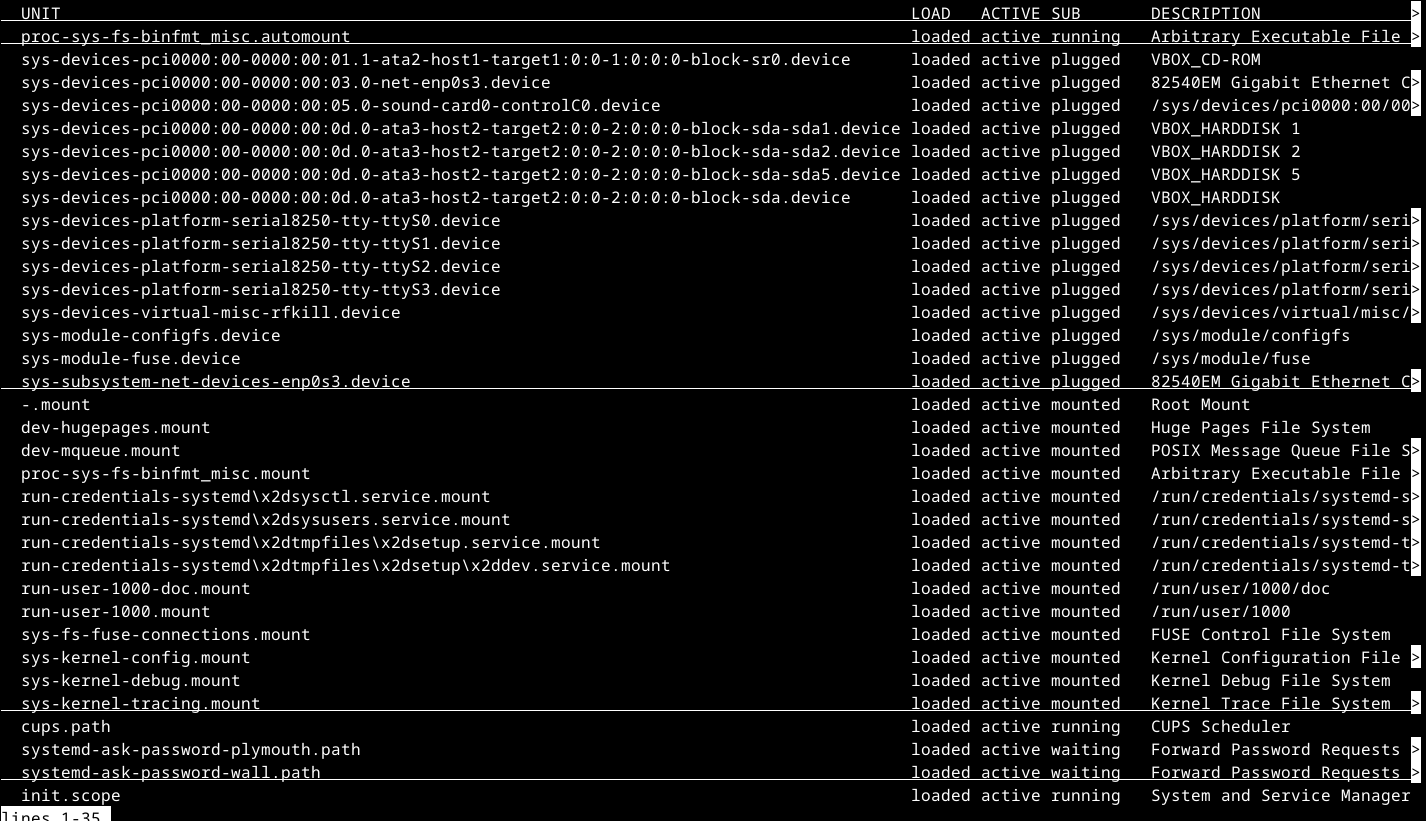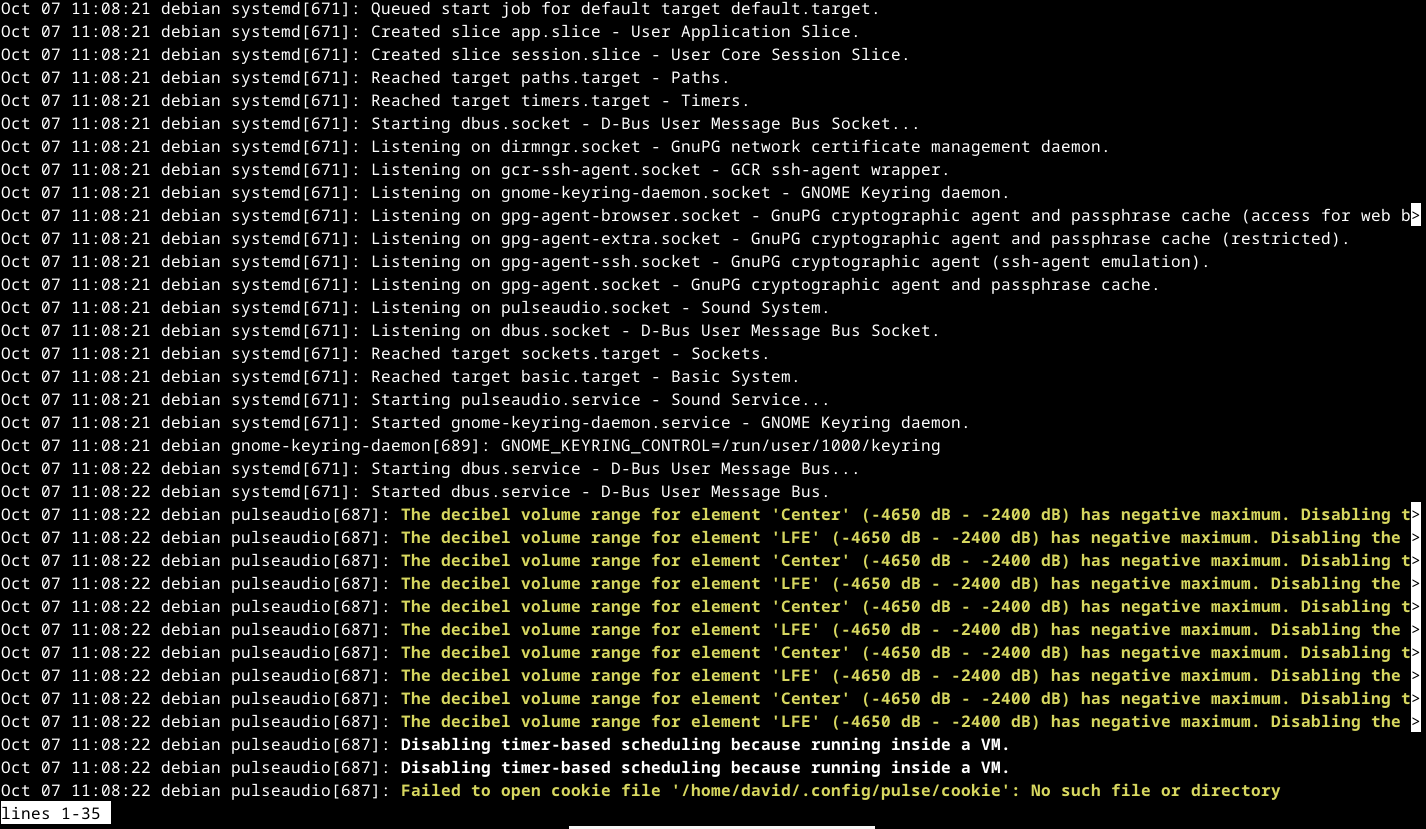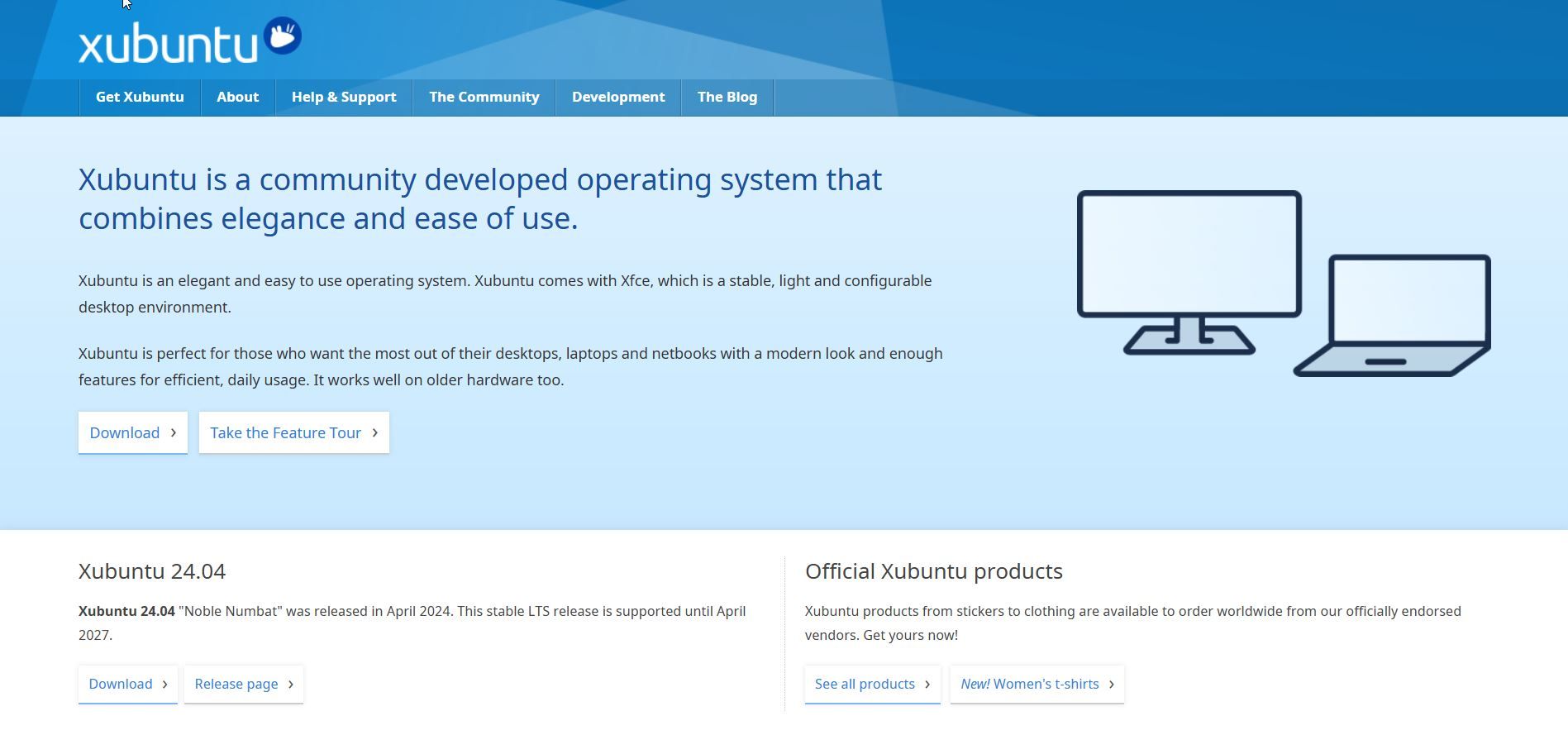Linux is great at using your computer efficiently, but sometimes you might find yourself on a slower or older machine. How can you make Linux work better with lower performance?
1 Use a Lightweight Desktop Environment
One way to keep Linux resource usage low is to choose a lightweight desktop environment instead of KDE or GNOME. They’re fine desktops, but they’re designed to work on newer, faster machines with more memory and hard drive space.
My go-to is Xfce. Other good choices are LXQt and Enlightenment. You might also consider just using a regular window manager like Openbox or Fluxbox. These are geared more toward expert users who have a lot of experience using the command line.
2 Use the Command Line
Using the command line is by itself a good way to lower the load on your machine. Command-line programs, even interactive ones, run in the terminal and use few resources compared to a graphical program that may have images, video, or sound.
Lower resource usage is one reason many seasoned Linux users use the command line as much as they can.
It’s even possible to use the command line to forgo a desktop completely. Lots of servers do so to run “headless” without a monitor or keyboard. You can disable the display manager and launch X or Wayland from the command line if you wanted to, but this is an extreme option.
3 Use Lightweight Programs
As well as a lightweight desktop environment, you can also run lightweight programs. You might use AbiWord for word processing and Gnumeric for spreadsheets instead of LibreOffice. You might use Viper instead of Chrome or Firefox to surf the web.
4 Disable Services You Don’t Need
Linux systems run a lot of daemons, or background processes, to take care of various housekeeping tasks. Many of them are necessary, but there are some that weigh down your system. You might be able to disable some of them, such as with the systemctl command on a distro that uses systemd.
If you’re testing a web server for an app you’re developing, you probably don’t need to have it running all the time. You can just enable and disable it as you need to.
It’s a good idea to leave any processes that were installed on your system by default alone, especially if you don’t know what they do. At the very least, you should read the man page so you don’t disable something that’s important. Reading the documentation on running processes is an education on Linux in itself, though.
5 Monitor Services
You can manage Linux resource usage by keeping track of the processes on your machine. You can use the top or htop commands to see the processes in real time. You can also sort by memory or CPU usage to see which processes are taking the most resources.
Armed with this information, you may try using a different program or disabling services as mentioned above. You should have some idea about what you’re doing before you disable anything.
6 Check Logs
You should also periodically monitor your logs for something that shouldn’t be there. This can detect errors. but sometimes the logs can be the problem. One time, I noticed that I was running low on disk space. I found that the logs were growing faster than the system could automatically rotate them due to an error. I uninstalled a process that was causing the errors and deleted the offending logs.
You can check the logs using the journalctl command on most modern distros that use systemd.
A useful option is -f which displays new entries to the logs in real time:
journalctl -f7 Consider a Minimalistic Distro
If you want a Linux system with lightweight desktops and apps, you can find them. Some good Ubuntu-based versions include Xubuntu and Lubuntu. You’ll have the advantage of a lighter environment from the get-go. Try installing them on older machines you might have around. You can breathe new life into them and even prevent e-waste.
8 Only Install Programs You Need
One obvious way to save resources on your Linux system is to only install what you need when you need it. This can be easier said than done as many programs will install lots of dependencies. It’s still a testament to the Unix philosophy, with programs built out of smaller components.
If you’re only using your Linux system for email or web browsing, you likely won’t need to install programming tools like a C compiler. If you’re just doing word processing, you wouldn’t need to install a video player. You can remove those if they come preinstalled.


